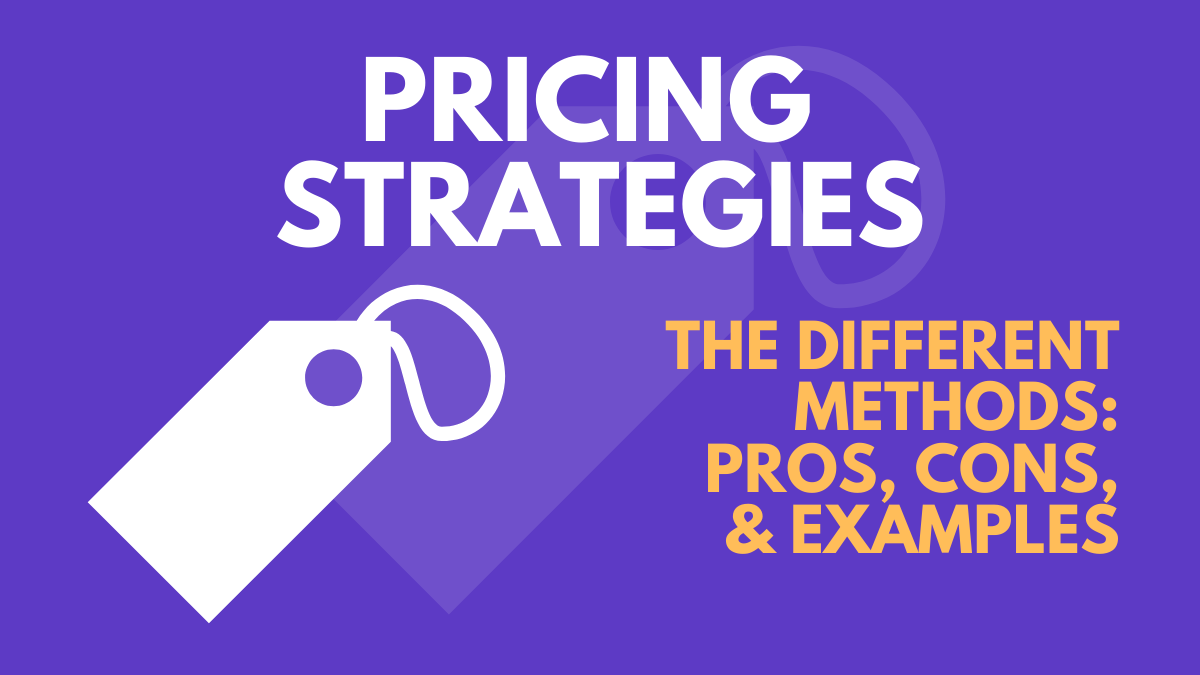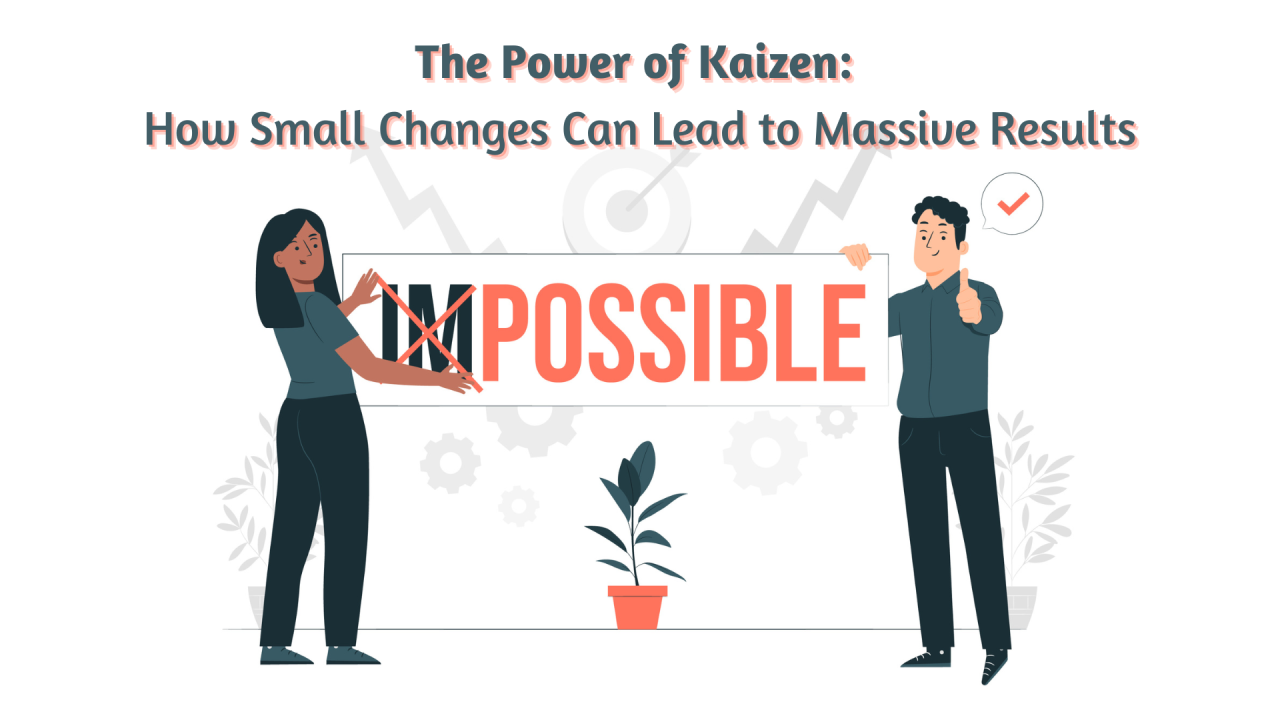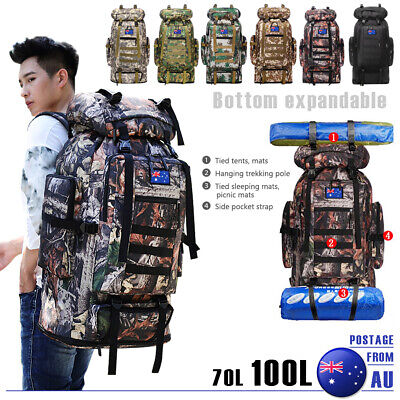It is interesting to note that the four Ps of marketing (product, placement, price, and promotion) are considered of equal importance, yet much less emphasis is placed on creating strategies to use price as a tool for conversion. Typically, you will be advised to research price tolerance in order to “price competitively,” and “make prices attractive” to the consumer.
These are sound principles, but given that all other Ps are constant, wouldn’t it be nice to get down to brass tacks and learn which pricing strategies allow you to sell the most?
Here are four of the best pricing strategies that have been proven effective.
1. Similar Products, Different Price

One of the things that you consider when putting a price on your product is the total cost of goods, including item, shipping, handling, tariffs, and packaging costs. Now think about two different, yet similar, items that have the exact same acquisition costs.
How would you price them? The same, right?
Wrong. According to a report by the Journal of the Association for Psychological Science, introducing small differences in price to similarly valued items increases the incentive for buyers to purchase. In other words, putting the same price on similar products can cost you in net sales.
Not what you’d expect, is it?
Let’s take an example. If you have two pairs of same-brand shoes that cost the same but one has a stripe while the other one has a star, you have two pairs of similar items that logically should have the same tag price. However, studies show that marking one as $24 and the other as $26 will result in at least 30% more sales across the board.
Buyers may choose one or the other depending on their perception of value (some believe the “premium” item has more value, while others will go for the “bargain” to save money) but the end game is more sales.
Action:
Vary your prices slightly for similar items and see what happens. You won’t lose anything if you keep your price threshold to what you would normally price the items, and the best case scenario is you will sell additional units of the slightly more expensive items.
2. Anchoring

This is actually a well-established pricing strategy used by many web services. They offer several membership packages, starting with the highest priced, usually referred to as the “premium option,” and ending with a “free trial,” though many will still charge for the bare bones of their service.
They place the “pro” version in the middle range, which is less expensive than the premium version, but basically a complete package without the extra bells and whistles. Many will choose the “pro” version, because most will perceive it as giving the most value for their dollar.
This is a psychological tendency called anchoring, in which people are influenced by the first offer they’re given as a basis for perceiving value. This article discusses how starting high can help you attain your desired goals.
What this translates to is if you offer consumers a high-priced item first, followed by a lower-priced item, they are more likely to buy one or the other (again, depending on their value perception) than they would be if they were priced the same.
For example, if you want to sell a $100 dress, put it next to a $300 dress. Chances are buyers will consider the difference and make a choice, but it doesn’t really matter which. What matters is that they are buying. If you offer just the $100 dress, then they’re less likely to consider purchasing because they have no anchor of comparison.
Action:
List your items in high price/low price tandems, or alternatively, place three items together with the item you want to sell at the median-priced position. It doesn’t matter if they’re totally different offerings as long as they’re in the same product category — e.g., coffee machines. Observe how your sales go for all the items, and record the results.
3. Establish a Loss Leader

We all know that buyers typically look for the lowest price possible without having to sacrifice quality. You can use this bias to build up your store’s reputation, and increase traffic by simply establishing a loss leader.
This is a strategy often used in supermarkets. A loss leader is an item that you sell at cost or slightly higher, depending on what the competition is offering. You can choose a comparison shopping app to see how low you have to go. Of course, that means you’ll make little or no money from this item, but the upside is people will “discover” you, and recommend you to their network for this item.
Once they are on your site, whether they purchase the loss leader item or not, they have the idea that your site offers low prices. You’ll then be able to cross or upsell your more profitable items. Just make sure you don’t cause a loss of confidence by pricing your other items too high. As a dropshipper, you can choose any item as a loss leader. Think of it as a self-sustaining promotion for your site.
Action:
Find a popular item in your list as a loss leader and promote it like there’s no tomorrow. Just make sure that the other items in your store are still competitively priced in order to keep the ball rolling and avoid being stigmatized as a con artist.
4. The Power of 9

It doesn’t make sense, but numerous studies show that a price ending in 9 is a powerful tool for conversion. According to this study, ending a price tag in 9 appears to magically drive buyers to purchase an item, even when it’s juxtaposed to the exact same item (not ending in 9) with a lower price.
However, it’s not as simple as sticking a 9 at the end of all your prices. Based on the same study, the 9-ending works best for new offerings and is less effective for items on sale.
Action:
For each new item you will offer, make an initial price ending in 9. You can change your prices later when you get new items to sell.
There you have it: four of the most effective pricing strategies you can implement in your dropshipping business right now. They are very simple modifications to your operations and you won’t even break a sweat getting them done. The worst-case scenario is that you may have proven that one or more of the strategies doesn’t work; do we need to tell you the best case?
Discover more from Personal Blog of Richard Tong
Subscribe to get the latest posts sent to your email.




